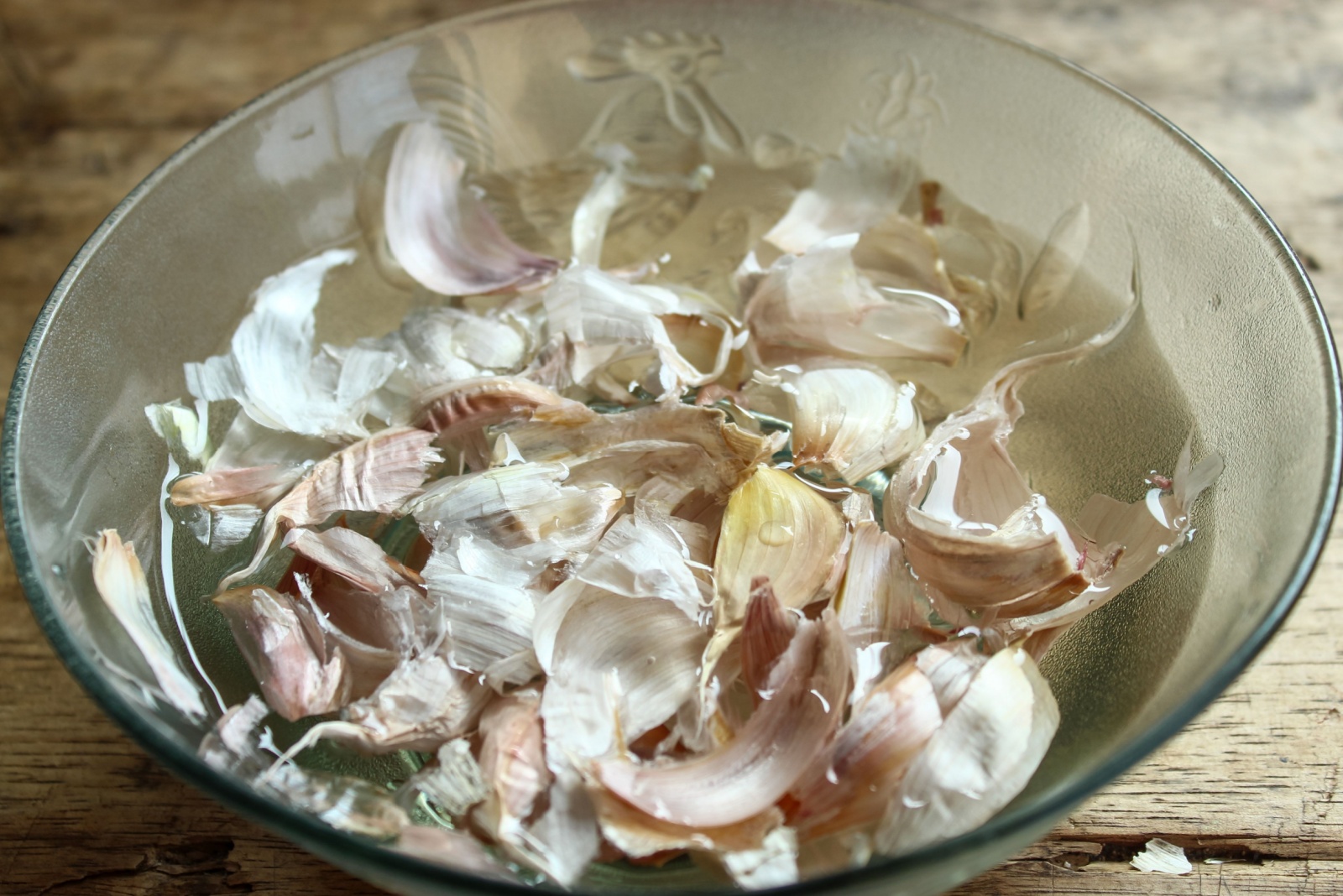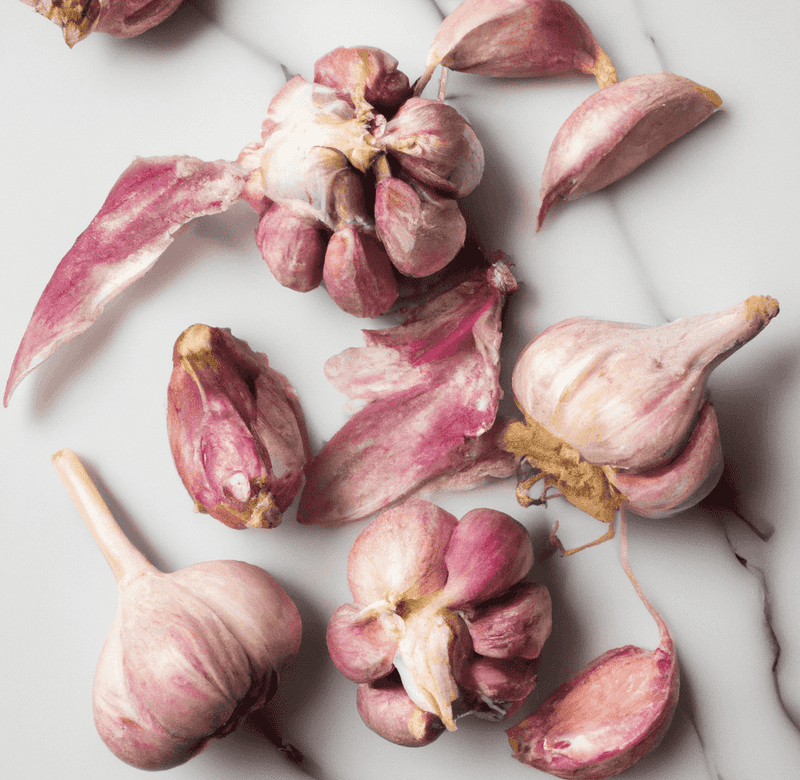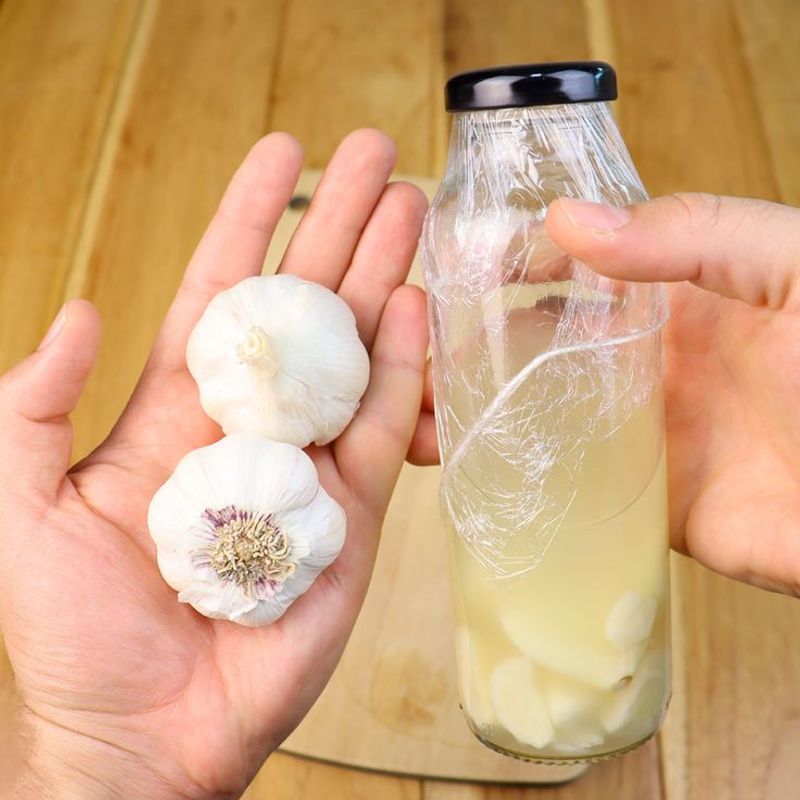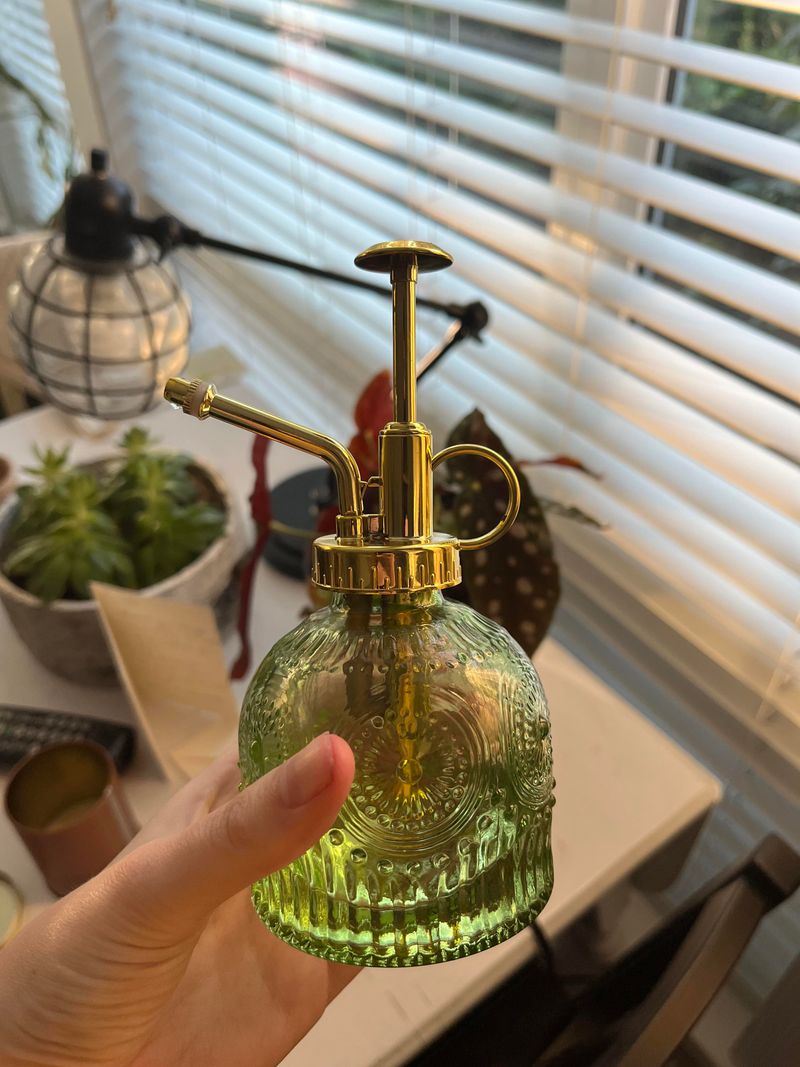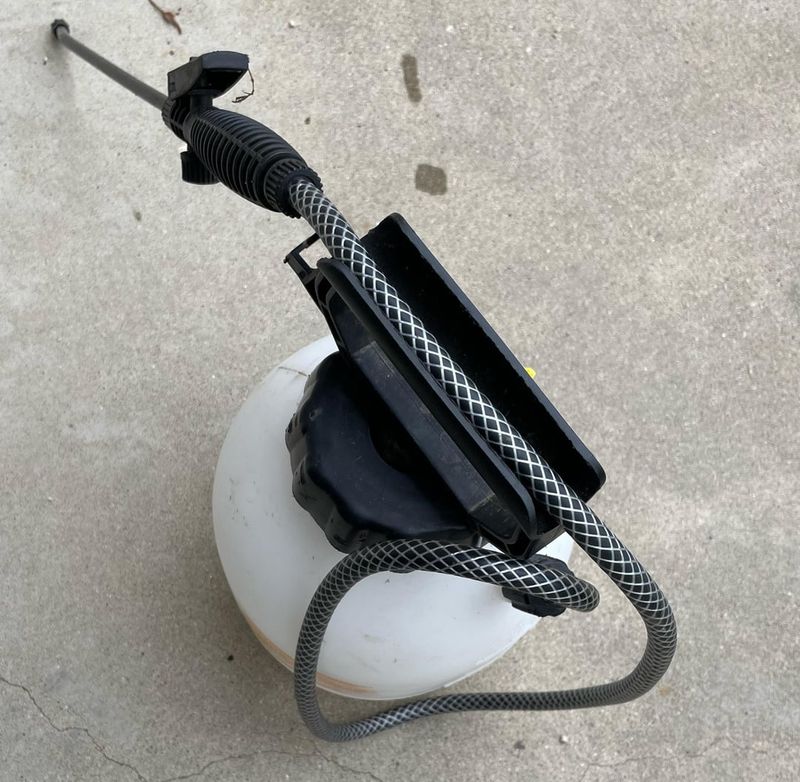Ohio gardeners have discovered a natural secret weapon that keeps pests away without harsh chemicals. Garlic water is a simple, affordable solution that protects plants from harmful insects and diseases.
Made from ingredients you probably already have at home, this method has become a trusted favorite across the state. Garden enthusiasts swear by it for healthier, stronger plants all season long.
1. Choose Fresh Garlic Bulbs For Maximum Potency
Starting with the freshest garlic makes all the difference in creating effective pest-fighting spray. Old or dried-out cloves lose their natural oils and pungent compounds that insects absolutely hate.
Look for firm, plump bulbs at your local grocery store or farmers market. Avoid any with soft spots, green shoots, or papery skin that crumbles easily.
Ohio gardeners recommend buying organic garlic when possible since it contains higher concentrations of allicin, the powerful compound that repels aphids, beetles, and other garden pests naturally.
2. Blend Garlic With Water For Proper Consistency
Crushing four to five large garlic cloves and mixing them with one quart of water creates the perfect pest-repelling solution. A blender works wonderfully for breaking down the garlic into tiny pieces that release those essential oils.
Blend on high speed for about thirty seconds until the mixture looks cloudy and smells strongly of garlic. Some gardeners add a splash of vegetable oil to help the spray stick better to plant leaves.
The chunky bits should be small enough to pass through your spray bottle nozzle without clogging it up during application.
3. Let The Mixture Steep Overnight For Strength
Patience pays off when making garlic water because steeping time allows the active ingredients to fully infuse into the liquid. Pour your blended mixture into a covered container and leave it in a cool, dark place for at least twelve hours.
Many Ohio gardeners prepare their garlic spray in the evening and let it sit until morning. During this resting period, the allicin and sulfur compounds dissolve completely into the water.
The longer steep time creates a more potent solution that works better against stubborn pests like spider mites and whiteflies.
4. Strain Before Spraying To Prevent Clogging
Nobody wants a clogged spray bottle in the middle of treating their tomato plants, so straining is absolutely essential. Use a fine mesh strainer, cheesecloth, or even an old coffee filter to remove all the solid garlic pieces.
Pour slowly and press gently on the pulp to extract every drop of that pest-fighting liquid gold. The strained solution should look slightly cloudy but flow smoothly without any chunks.
Save the leftover garlic bits for your compost pile rather than tossing them in the trash can.
5. Apply During Cool Morning Or Evening Hours
Timing your application correctly prevents leaf burn and ensures the garlic water stays effective longer on your plants. Hot midday sun can cause the spray to evaporate too quickly or even scorch delicate foliage.
Early morning works perfectly because plants are naturally dewy and the solution absorbs better into leaves. Evening application gives the garlic water all night to work its magic before the next day’s heat arrives.
Ohio summers can get pretty intense, so avoid spraying when temperatures climb above eighty-five degrees Fahrenheit for best results.
6. Reapply Weekly And After Heavy Rain
Garlic water breaks down naturally over time and washes away with rainfall, so regular reapplication keeps your protection strong. Mark your calendar to spray plants every seven days throughout the growing season.
After thunderstorms or heavy watering, the garlic residue gets diluted or rinsed off completely. Wait until leaves dry, then apply a fresh coat to maintain that pest-repelling barrier.
Consistency matters more than anything else when using natural remedies, and Ohio gardeners who stick to a weekly schedule report the healthiest, most pest-free gardens in their neighborhoods.

